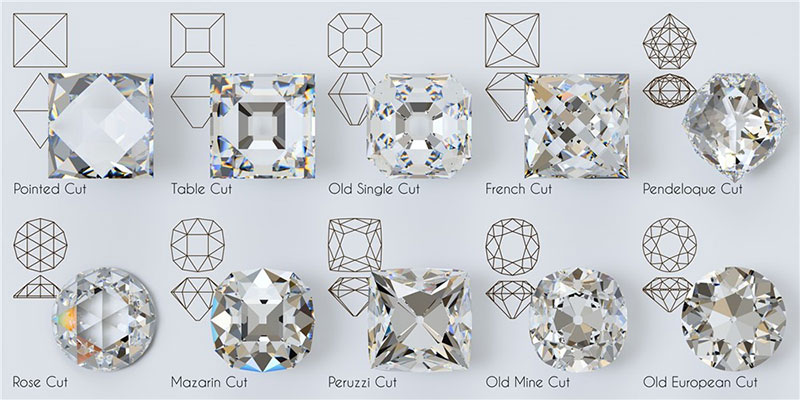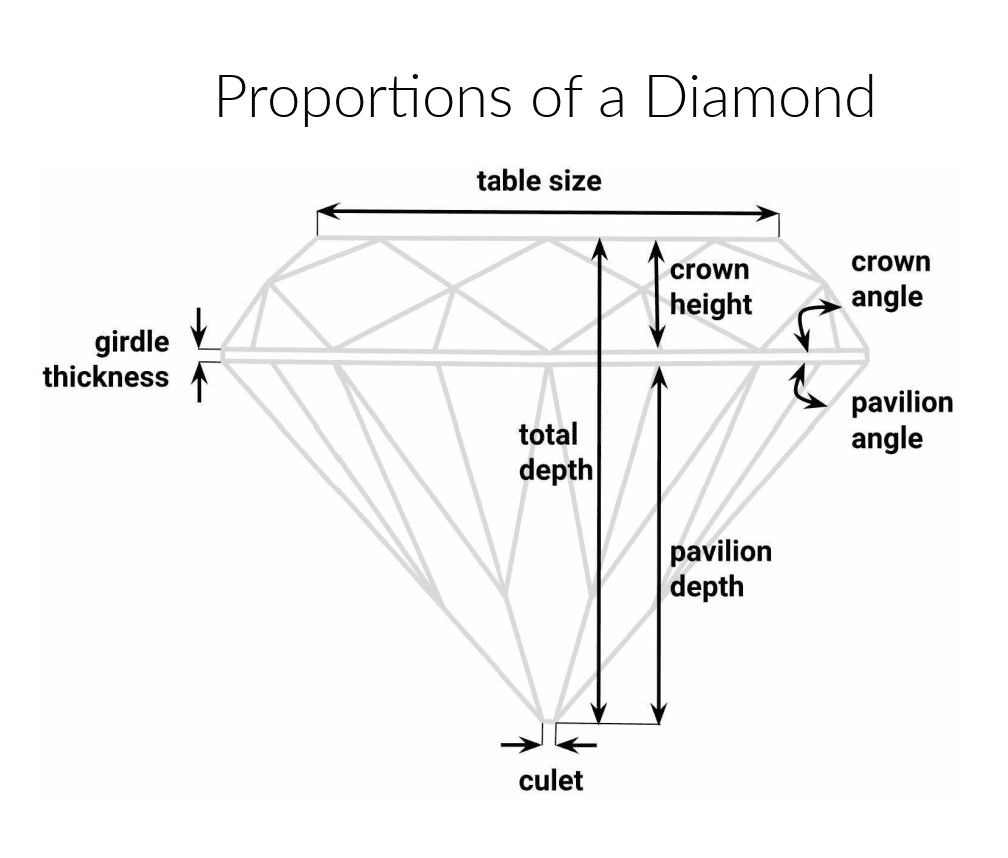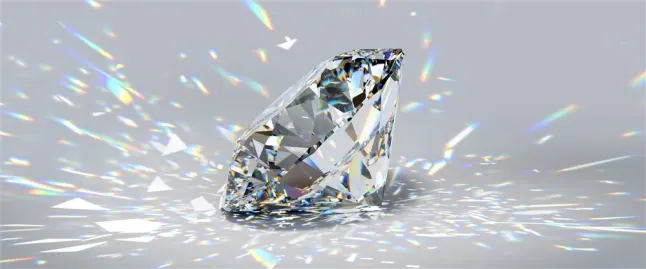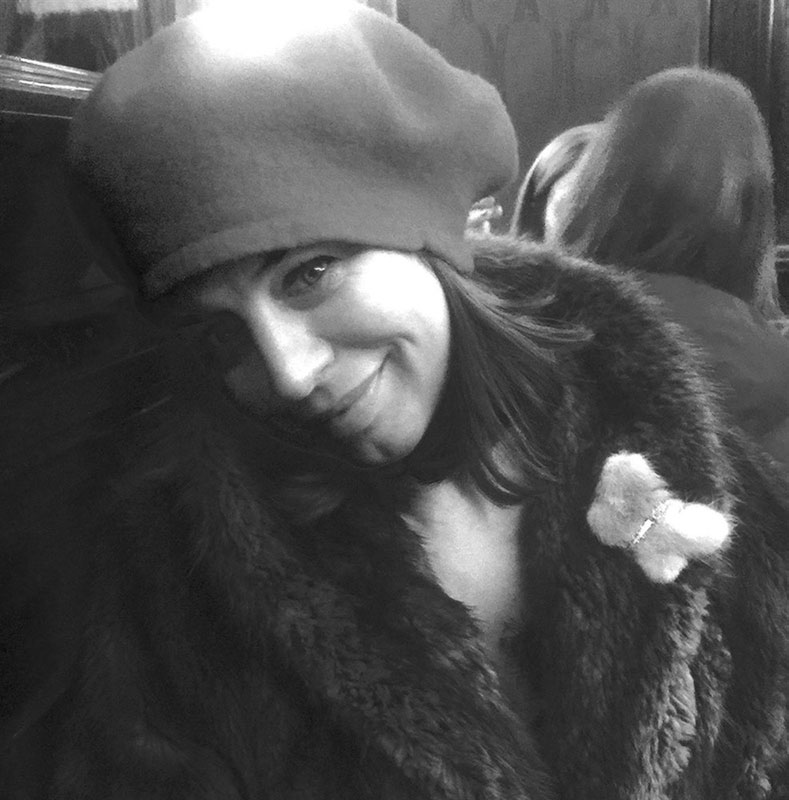Welcome to the Dance: What Makes a Diamond Sparkle? | Rare Carat
Let's start by dissociating the word ‘sparkle’ with unicorns, pink things and little Molly’s fifth birthday party. We shall, instead, venture back to the 17th century, when Thomas Nichols, an avid naturalist, noted how the diamond ‘doth sparkle forth its glorie’, and the word became associated with the gem. Nichol’s diamond was doing what things that sparkle do best. Throwing light around. Like an overzealous wizard.
And there we have it. That is what makes a diamond sparkle. Not the wizard - but the diamond’s interaction with light.
Although, take heed readers, not every diamond is going to do it.
A Bit of History
It is telling that it wasn’t until the seventeenth century that diamonds were described as possessing such a skill. A diamond can only ‘sparkle’ if they are cut in a particular way - a way that was not conceived until, well, the seventeenth century. This new cut became known as the 'brilliant'.
Who originally came up with the idea is still a little uncertain - some attribute it to a cutter from Venice by the name of Vincent Peruzzi - but, regardless, as ideas go, it was a good one.
By this point in history, we had become quite adept at diamond cutting. With the rough octahedral crystal as a starting point some three hundred years earlier, the first style of cut was a ‘point’ cut, which was, quite simply, the polishing of all eight sides of the crystal at a slight angle. We then learned to lop off the top and the bottom of the crystal to create the square ‘table’ cut’, and it would not be long before we had a go at the corners too, cramming in a feast of facets and attempting a gem that was a little more circular in shape.

The first brilliant or ‘Peruzzi’ cut (the elusive cutter still managed to get credit) had thirty-three facets on the crown (the top part of the stone) and twenty five on its pavilion (the bottom part) - pretty much equal to that of today’s modern brilliant.
And, boom! The more facets you polish onto the diamond, the more it will sparkle. Remember, this was an age of candlelit banquets. Those brilliants would have made any bling sing....(oh dear, ed - happy for you to scrap that...).
But How Does it Work?
What is it about this arrangement of facets that makes a diamond sparkle? I would (genuinely) love to say magic, but it is, in fact, the angles the facets are cut to that guide the light through the stone and back to the eye, either as white light (brilliance) or coloured light (fire).
In 1919, Marcel Tolkowsky, a budding engineer, still in his late teens, calculated that, if the diamond facets on a round brilliant cut were polished at particular angles, you could get the light to do precisely what you wanted.
And what is that, exactly? Well, in order for a diamond to give you a wink and a flash, most of the white or colorless light entering the top of the crown needs to boomerang right back at you. That means it needs to bounce (or totally internally reflect) off the inside of the diamond and back out through the table. Brilliant, right? (see what I did there?)

As for the fire - there is no spark without a flame, right? - light is entering that diamond in all directions. If it hits the facet at any other angle other than 90 degrees, it is going to bend (refract) and split (disperse) into the spectral colors, with each color travelling at slightly different speeds, therefore leaving, you guessed it, one at a time. Give me a red! Give me an orange! Give me a green!....I’ll stop there.
Now, a diamond with the perfect amount of ‘sparkle’ will juggle these two qualities, brilliance and fire, with circus-like finesse.
But, what happens if these angles are ‘off’ - if someone decided to disregard geometry (such reckless folk are out there) and polish the facets a few degrees off? Well, light is going to walk in one door and straight out the other ("Taxi!"). It's going to kill the party, and the result will be a ‘lifeless’ stone.*
So, when shopping for your perfect sparkler, look for a round brilliant cut with excellent proportions (it'll be on that all-important grading report). That way, you can be assured that light will be behaving just as one would like.
However, I should add, as fab as all this sounds, stare at a brilliant cut diamond that isn't moving and you're going to think it's broken, after all this chat I've been giving you about brilliance and fire.
Light will only dance in the diamond if the diamond is dancing too. And what is that dance called? Well, that takes pride of place as the best word in the gemmological dictionary. Scintillation. Say it again. Oh, it's soo lovely.
(A lot nicer than ‘sparkle, don’t you think?)
*(Also worth noting, if the diamond has any color or is a low clarity grade, that may also hamper the action.)


Diamond’s Sparkle FAQs